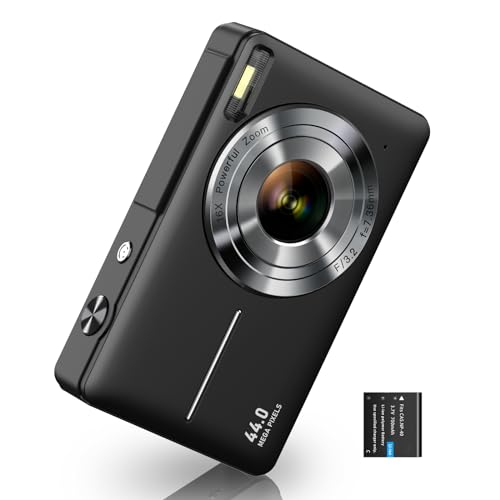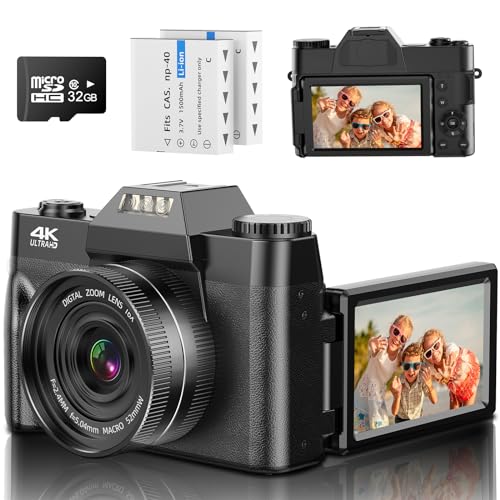The Importance of Choosing the Perfect Lens for Wildlife Photography
Wildlife photography is a fascinating discipline that requires a unique set of skills, patience, and an excellent camera setup. One of the key components of any camera setup for wildlife photography is the lens. Choosing a quality lens can make a massive difference in your final results. But with so many lens options available in the market, finding the right one can be challenging. In this article, we will guide you through the process of selecting the best lens for wildlife photography.
Why a Long Focal Length is Crucial for Wildlife Photography
When it comes to wildlife photography, the focal length plays a vital role in capturing sharp and detailed images of animals. Generally, the longer the focal length, the smaller the angle of view, which magnifies your subject and makes it look much closer. For wildlife photography, a minimum focal length of 200mm is recommended, but a 400mm or 600mm lens is even better. With a longer focal length, you will be able to capture your subject in its natural habitat without disturbing it, resulting in stunning images.
The Different Types of Lenses for Wildlife Photography
There are mainly two types of lenses for wildlife photography – zoom and prime. Zoom lenses offer versatility and allow you to Zoom in and out to frame your subject. However, they tend to be slower than prime lenses and might not offer the same level of sharpness. On the other hand, Prime lenses offer superior image quality, faster autofocus, and better low light performance. They come in fixed focal lengths, usually ranging from 300mm to 800mm, and are designed specifically for wildlife photography.
Factors to Consider When Choosing a Lens for Wildlife Photography
Choosing the right lens for wildlife photography requires careful consideration of several factors. These factors include the focal length, maximum aperture, image stabilization, autofocus system, and durability. The focal length is critical in determining how close you can get to your subject, while the aperture determines how much light enters your camera, affecting your shutter speed. Image stabilization helps to reduce camera shake during handheld shots, while an excellent autofocus system ensures that your subject is always in focus. Lastly, durability is crucial for wildlife photography as you may go through some rough terrain and harsh weather conditions.
Top Wildlife Lenses Available in the Market
There are several wildlife lenses available in the market, each with its unique features and specifications. Some of the top choices for wildlife photography include the Canon EF 100-400mm f/5-6.3L IS II USM, Nikon AF-S 200-500mm f/5.6E ED VR, and Sigma 150-600mm f/5-6.3 DG OS HSM Sports. These lenses offer excellent image quality, fast autofocus, and image stabilization, making them ideal for capturing stunning wildlife images.






